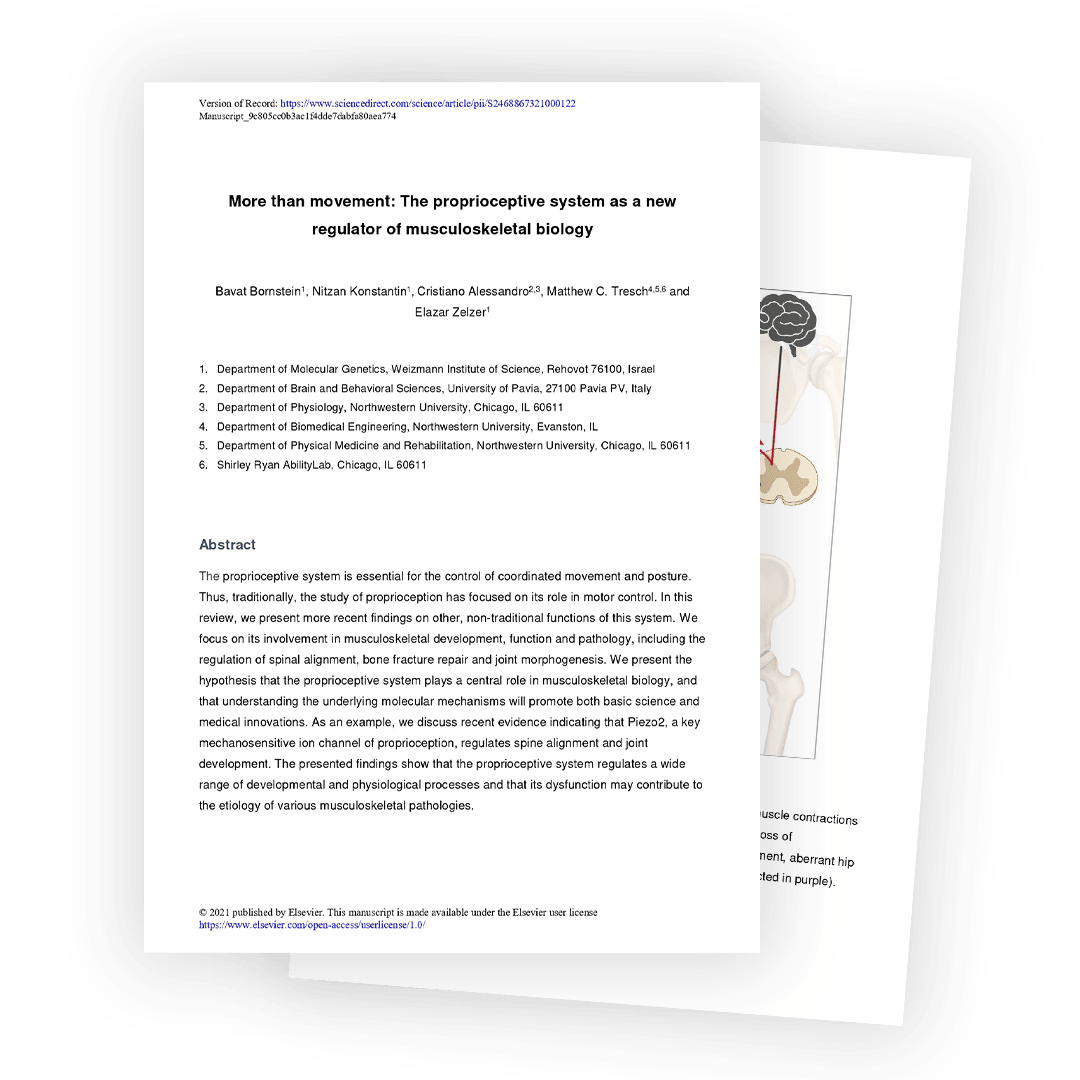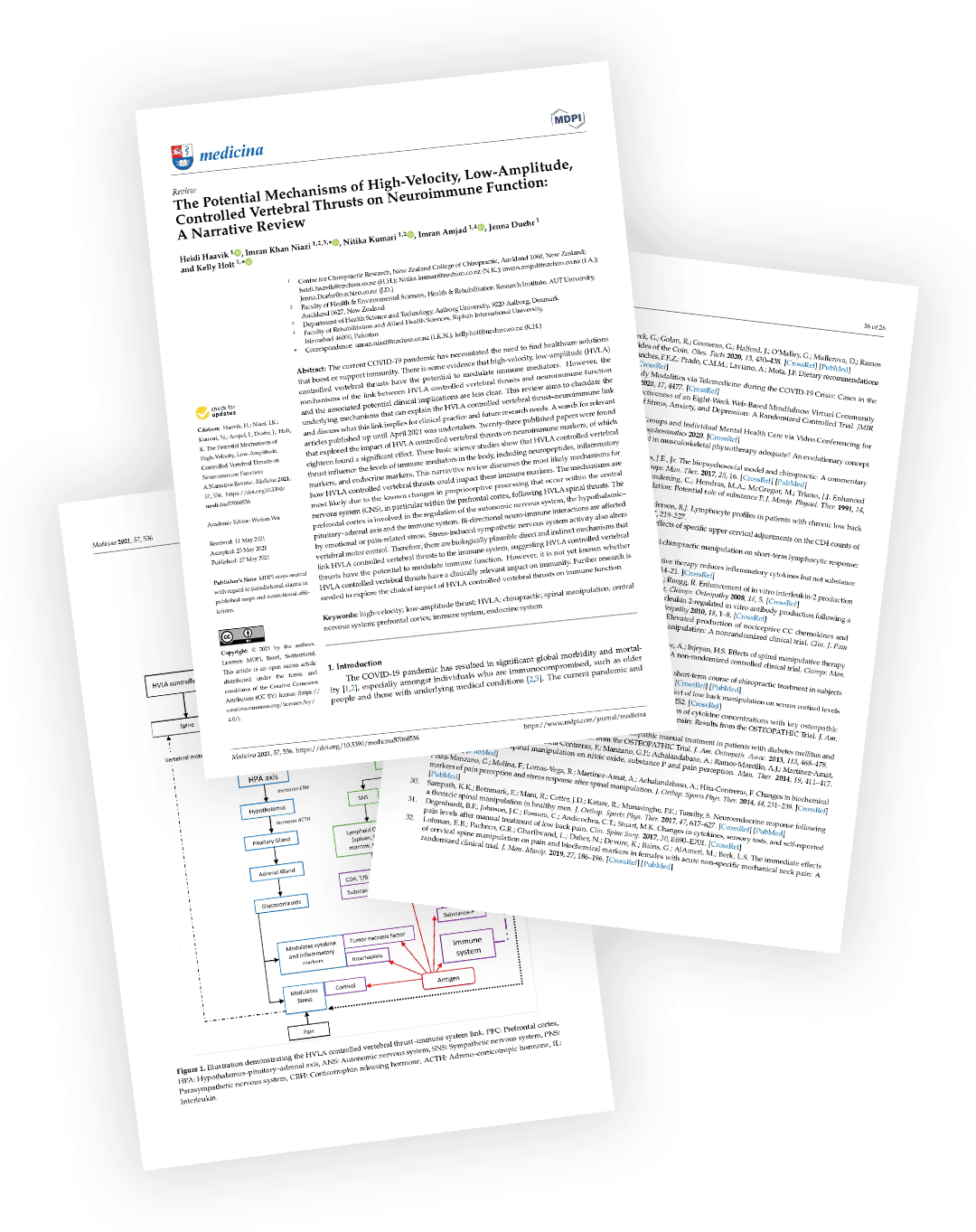Translating Research into Practice for Chiropractors (Recorded)
In an entertaining, educational and conversational format, learn about the chiropractic research that will offer you confidence and certainty.
Interested in attending? Have a suggestion about running this event near you?
Register your interest now
Description
In this amazing educational webinar Dr Heidi Haavik, Dr Alice Cade and Dr Tanja Glucina discuss their groundbreaking chiropractic research and bring it to life in meaningful ways for practitioners to understand and effectively apply in practice.
This information is the foundational knowledge necessary for chiropractors to not only understand chiropractic neuroscience, but to understand the role that chiropractic has in influencing nervous system function in the expression of a person's health and quality of life.
Research Papers Presented and Discussed:

3. Proprioceptive Systems


